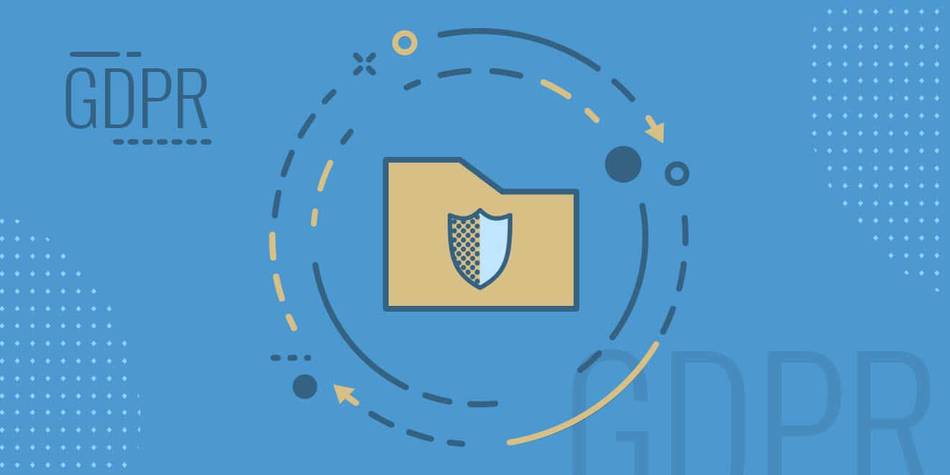GDPR is a great chance to align your email marketing with best practise.
In the GDPR aftermath, many small businesses are in a panic to delete email lists and scale back on their e-marketing to achieve compliance.
But with just a few tweaks, you’ll find that the impact of GDPR on your lists doesn’t have to be huge. And because the same best practise rules still apply, the new guidelines are a great chance to whip your email marketing into shape.
Consent & repermissions
Rather than trying to get your whole customer base to sign up to your mailing list again, you should be refining your lists to separate your genuinely engaged subscribers from those you need to re-approach. Provided you didn’t download your emailing list off a shady website, you’ll find that your most valuable subscribers are the ones who already satisfy GDPR requirements.
You’re free to contact any of your customers under the basis of “legitimate interest”, and if your customers are browsing your site and engaging with your marketing, you have a strong case for it. That said, consent is a big part of establishing legitimate interest, so you have to make sure your sign-up process is transparent and concise (and of course, no pre-checked boxes).
Provided you haven’t been too obscure during your onboarding process, you’ll probably find that much of your existing list is still usable.
Following best practise
GDPR is a great chance to align your marketing with best practise. If a customer hasn’t given clear signals they want to be marketed to, and aren’t engaging with your emails, then they probably shouldn’t be on your lists anyway.
It’s also an opportunity to have a closer look at the data you’ve gathered on your customers: your open rates and click through rates, and your most engaged and least engaged customers.
While you’re delving into your lists to figure out which of your customers have given consent, you can also figure out which customers are making you the most money, and which are just taking up space and distorting your figures.
Building trust
You can also use GDPR as a way to build trust with your customers. According to the Digital Marketing Association, 62% of consumers are more willing to share their data if they have GDPR explained to them. More than 85% want greater control and transparency regarding how their data is used and collected.
By following GDPR guidelines and being clearer about how and why you use data, you’ll find that people are actually more, rather than less willing to share their data.
For more information on how to make sure your email lists are GDPR-compliant, you can read the Information Commissioner’s Office advice on their website.




